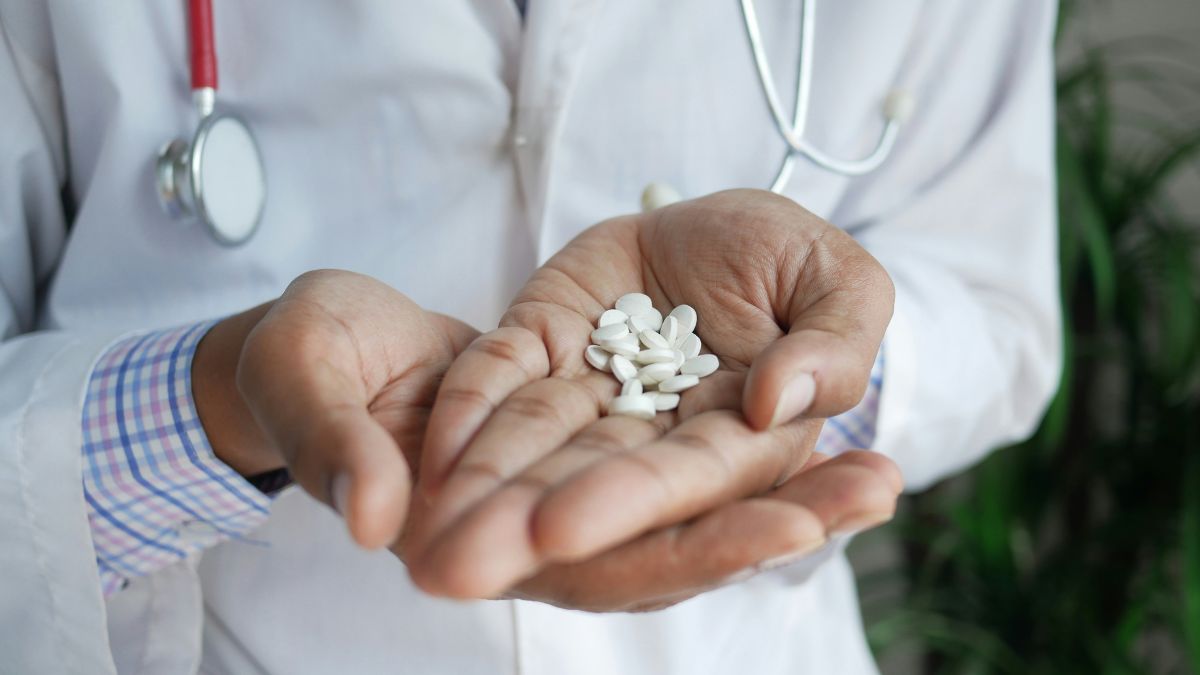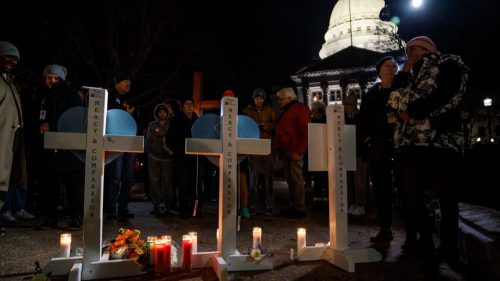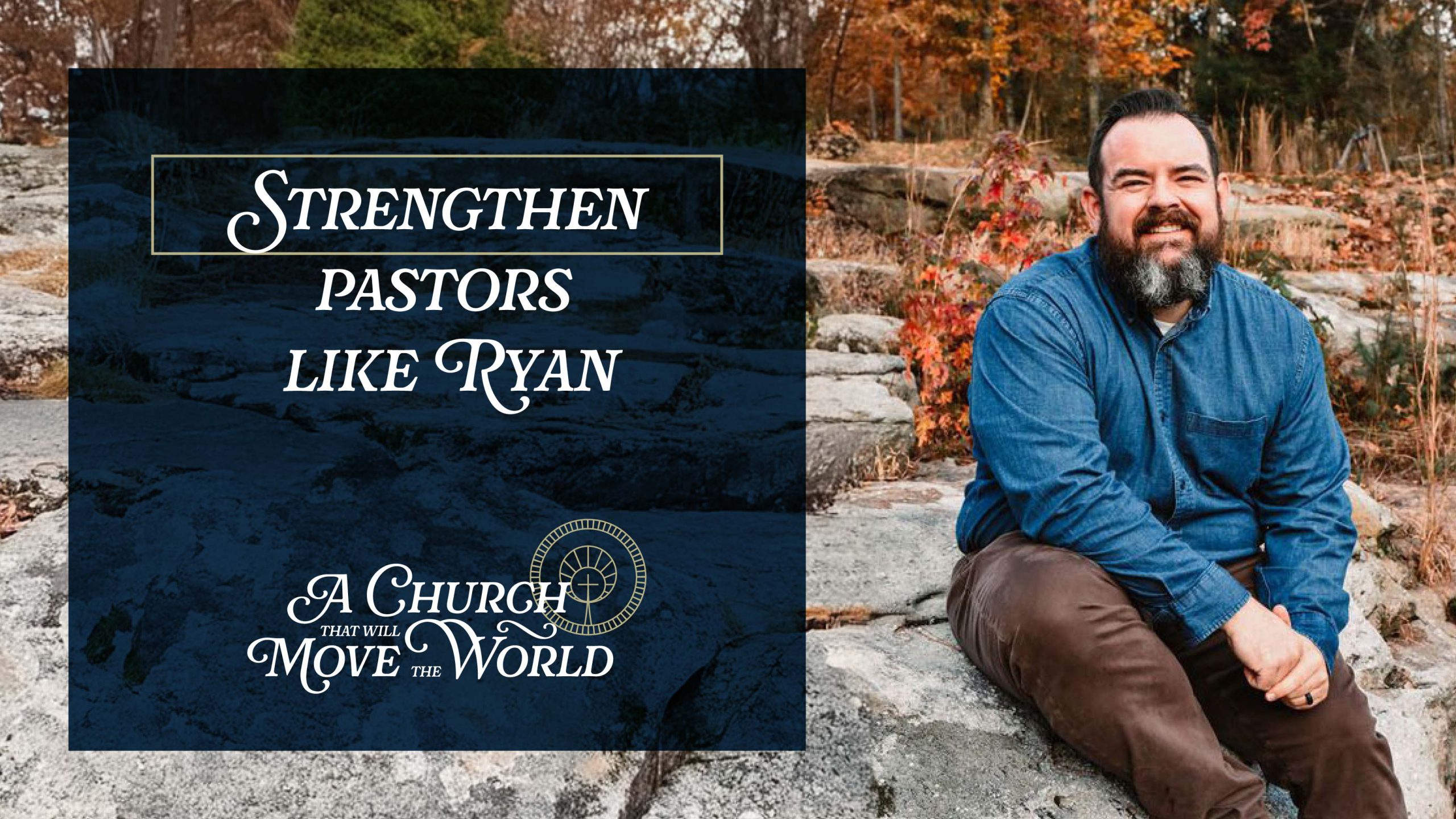

Supreme Court Dismisses Case About Chemical Abortion Drug Access
Case, which sought to restrict access, solidifies the next battleground in the fight for preborn life.
06/14/24
John Stonestreet Jared Hayden

Yesterday, the Supreme Court unanimously dismissed a case filed against the Food and Drug Administration for wrongfully expanding access to mifepristone, the first of two drugs utilized for medical abortions. The lawsuit was brought by the Alliance Defending Freedom on behalf of a group of medical professionals known as the Alliance for Hippocratic Medicine.
When originally approved by the FDA in 2000, mifepristone could only be prescribed by a licensed physician after an in-person appointment and required an in-person follow-up to ensure that the abortion had been completed “safely.” In 2016, the Obama administration expanded the list of who could prescribe the drug and eliminated the two-week follow-up requirement.
During the pandemic in 2021, the Biden administration first temporarily lifted the “in-person” requirement and then later that year removed it entirely. This allowed doctors to prescribe the lethal drug via telehealth and patients to receive it via mail. In 2023, after the Dobbs ruling reversed Roe v. Wade, the Biden administration removed even more restrictions on mifepristone, including allowing retail pharmacies to dispense it. Early in 2024, Walgreens and CVS, the two largest pharmacy chains in the United States, announced they would begin offering the abortion pill mifepristone at select stores, with hopes to quickly expand to other states.
In the words of Alliance Defending Freedom, the actions of the FDA have “endangered women and girls by abandoning safeguards for abortion drugs, including in-person visits with a doctor to check for ectopic pregnancies, severe bleeding, and life-threatening infections.”
Activists and major media outlets immediately celebrated the decision, having long claimed that increased and unaccountable access to chemical abortion drugs is a matter of women’s “healthcare.” In fact, chemical abortions have been made the new front of the abortion cause, mostly because of the financial upside. After all, abortion providers have long been an industry and abortions a consumer product. As of 2020, chemical abortion made up 54% of all abortions, making it the most widely “accessed” form of abortion.
Every major news outlet and activist who celebrated the decision also repeated the claim that chemical abortions are safe, as if the claim is settled science. Of course, mifepristone is deadly for preborn babies and not safe for their mothers. The drug starves preborn children of the nutrients they need to grow by blocking the uterus from receiving progesterone.
For mothers, the drug can cause heavy bleeding, incomplete abortion, and infection, among other problems. According to one report, it “has been tied to 24 deaths and more than 4,000 adverse events” or complications. Still, other data has shown that “one in five women experienced an adverse event following a chemical abortion, and rates of complication were four times higher in chemical abortions compared to surgical abortions.” In fact, the FDA’s own label warns that one in 25 women who take abortion drugs will end up in the emergency room.
Why then would a court so often accused of wanting to end all “abortion rights” dismiss this case in a unanimous decision? It’s important to know that the decision was not based upon the merits of the FDA’s actions or its claims about the safety of abortion drugs. The court did not legalize these drugs. Access to mifepristone and how it is used was not altered at all by this decision.
Rather, the case was dismissed based on a lack of standing. In other words, the plaintiffs did not demonstrate “how they would be injured by the government’s alleged under-regulation of others.”
Another way to say it is that, once again, the Supreme Court did not settle the issue of chemical abortion any more than it settled the issue of abortion in the Roe decision or the more recent Dobbs decision. That work is still in our hands.
It is now abundantly clear that chemical abortion is the future battleground in the defense for preborn lives, only much more privatized and more difficult to regulate. That’s why we need additional judicial and legislative action aimed at the abortion pill, as well as existing pro-life legislation to be enacted and enforced at the state and local level, especially that which limits the widespread distribution and mail-order capacity of mifepristone.
Strategies need to be devised for both pro-life and pro-abortion states, including the protection of pregnancy resource centers from being targeted by progressive state officials. We need to advance abortion pill reversal, which has shown remarkable outcomes in saving children of moms who have changed their minds after taking mifepristone.
Even more, the Church needs to make the case for the dignity of all life, making the path of forgiveness known and offering hope and healing in Christ. And we need courageous lawmakers to take the next step in putting an end to abortion, both chemical and surgical. Lives depend on it.
This Breakpoint was co-authored by Jared Hayden. For more resources to live like a Christian in this cultural moment, go to breakpoint.org.
Have a Follow-up Question?
Up
Next

Related Content

© Copyright 2020, All Rights Reserved.













